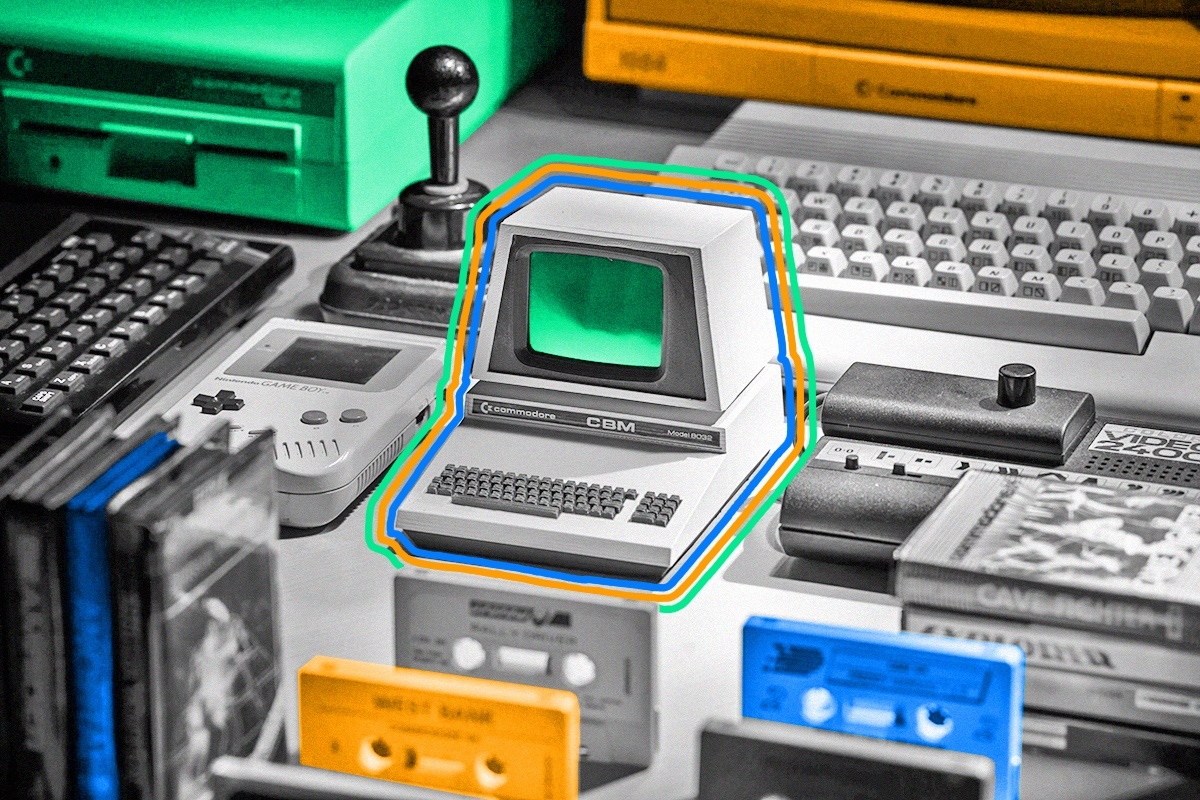
One of the first computer bugs was an actual bug.
At 3:45 p.m. on September 9, 1947, a computer programmer working on the Mark II at Harvard recorded in a logbook that the team had discovered the “first actual case of [a] bug being found.” But the programmer wasn’t referring to some poorly written lines of code — this was an actual bug. A moth, to be exact, which had flown into a room where the Mark II, one of the world’s first computers, was housed at the university. Attracted by the warmth of the 25-ton machine, the winged creature met its end in one of the many electromagnetic relay contacts. The team removed the moth with tweezers.
While this event is often mistakenly cited as the birth of the programming term “bug” to mean a flaw or imperfection, the word had actually been used in engineering circles for over half a century. But the 1947 moth misadventure was popularized by Grace Hopper, a mathematician and computer science pioneer who worked with the team as they “debugged” the Mark II. Early computers such as Harvard’s Mark series were responsible for other modern computer programming lingo, though: For example, a “patch” comes from the punched cards used in early machines that programmers physically “patched” with tape to fix errors. Today, the original Mark II logbook — with the original “bug” taped to it — is at the Smithsonian Museum of American History.
The sketch begins with a simple request: A couple in a diner wants to order food. Unfortunately, the proprietor of the establishment serves a very Spam-heavy menu, including “Spam Spam Spam Spam Spam Spam Spam baked beans Spam Spam Spam and Spam.” Originally airing on Monty Python’s Flying Circus in 1970, the sketch later became associated with annoying floods of data, ads, or massive amounts of useless text. The word likely first appeared online in late 1980s MUDs (multi-user dungeons), where users could “spam the database” by using a program to create lots of objects in the shared digital space, among other pesky, repetitive behaviors. By 1990, archived MUD chats show that the use of the term “spam,” along with its sketch comedy origins, had been officially established.

